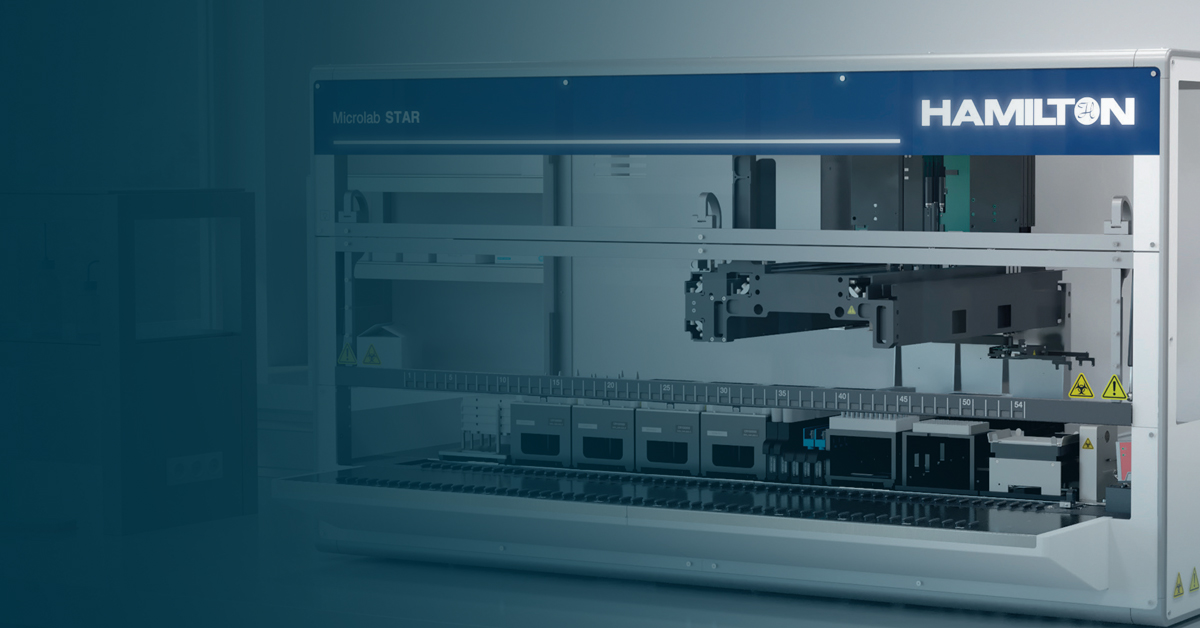
At the end of May, we hosted a webinar titled “Changing Times, Changing Therapies: Keeping Up with Advancements in Cell and Gene Therapies” to provide a quick update on the latest advancements and ongoing in development of these advanced therapeutics.

In case you missed it, you can watch the full webinar, here, or check out the top five things you missed:
1. Clinical holds are becoming more common, especially in gene therapy programs.
There’s been a sharp increase in clinical holds over the past few years, largely because of advancing gene therapy programs and the safety concerns they present. Around 40% of clinical holds are for gene therapy programs. We’re noticing that around half of clinical holds are for oncology programs. Most holds are being lifted, especially for oncology and hematology, but neurology holds are seeming to stick around longer1.
Consulting with regulatory experts and experts in toxicology, manufacturing, etc., can help you prepare your study and documentation to comply with agencies. Early engagement and discussions can help you prevent the risk of a clinical hold. To discuss your study and how to reduce the chances of receiving a clinical hold, talk with us.
2. Sites are struggling to activate — even now.
The pandemic has had a lasting impact on the ability of sites to participate in trials, particularly in the US. We’ve seen resignations across the sites we work with, as medical staff seek employment where they can work remotely. We’ve also seen a decrease in available research nurses, as they have had to be reassigned to COVID patients. Fewer staff creates many problems, including less bandwidth to meet for reviews and approvals. Patients often don’t have time to wait for delays to resolve, so if the Institutional Review Board (IRB) is unable to meet to approve their participation, then patients may have to move on to seek other more available treatments.
Further, some patients are still hesitant to go into the clinic, and the prevalence of misinformation from the pandemic has led to greater concerns about therapies like gene therapies and the impact they fear it will have on their RNA/DNA.
We are closely tracking our sites’ situations in order to recommend and plan accordingly for successful recruitment. Being realistic about which sites can support your study and which sites may struggle is a necessary part of successful recruitment.
3. The cell and gene therapy pipeline is booming.
It really is—there has been a 10x increase in cell and gene therapies in the clinical development pipeline since 2012. Most of this pipeline focuses on oncology and rare disease investigational therapeutics, and most, unsurprisingly, are in the earlier phases of development. Around 70% of the pipeline are still in the preclinical phase, but as these therapies advance and we see even more enter the pipeline, the distribution will level out2. Gene therapies are expected to be an integral part of the future of cancer therapeutics.
4. We need to consider how to use diverse populations in gene therapy trials.
For rare disease patients especially, it can be hard to find patients, regardless of diversity. But it’s important we strive to find ways to include diverse patients so trial data can be representative of the wider population. There have been a few cases lately where patients receiving gene therapy had a severe adverse effect because of their immune response to the mechanism of the AAV viral vector, based on their own genomic markers. This data is important for informing the safety of an investigational product and will only be found if we continue to increase the diversity of clinical trials.
The FDA recently released a new draft guidance document titled Diversity Plans to Improve Enrollment of Participants From Underrepresented Racial and Ethnic Populations in Clinical Trials; a Draft Guidance for Industry; Availability. We will explore this draft and discuss what more needs to be done in our upcoming webinar: All Means All: The Road to Inclusivity in Clinical Trials.
5. Working with a centralized IBC/IRB provider can speed up your process.
Institutional Biosafety Committees (IBC) assess the risk of gene therapies to public health or the environment. These therapies can have mechanisms that could expose people to biological or biohazardous agents, so therapies must be closely monitored and contained during transport, storage, and administration. IBCs perform a full risk assessment and propose solutions to mitigate the risks.
Working with one provider who supplies both the IRB and IBC services has many benefits. You typically have one point of contact, and we’ve seen much faster turnaround times on approvals—typically just a few days. It’s also easier on sites, who have one point of contact for all their needs. We covered a lot more about working with IBCs in our webinar, so check it out if you have more questions.
We’re excited to see the potential these therapeutics hold and to work on development of these programs for our sponsors. If you have questions about your study or to discuss a partnership for your program, please contact us. For a complete look at the gene therapy landscape, check out our full webinar.
- https://www.centerwatch.com/articles/26021-cell-gene-therapy-fueled-large-surge-in-clinical-holds-last-year#:~:text=Cell%20and%20gene%20therapy%20trials%20accounted%20for%20approximately%2040%20percent,for%20such%20products%2C%20Yee%20wrote.
- https://asgct.org/global/documents/asgct-pharma-intelligence-quarterly-report-july-20.aspx



